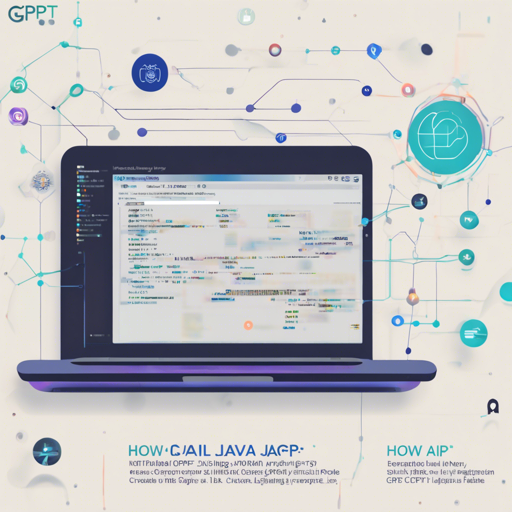As AI becomes more integrated into our daily lives, the ability to interact with advanced language models like OpenAI’s GPT series has never been more crucial. The OpenAI-Java library provides a user-friendly way to access these powerful APIs. Below, we’ll walk through the necessary steps to get started with this library, along with troubleshooting tips to smooth your journey.
What is OpenAI-Java?
OpenAI-Java consists of a set of libraries aimed at seamlessly interacting with OpenAI’s GPT-3, ChatGPT, and GPT-4 APIs. Although this project has been archived as of June 6, 2024, you can still leverage its functionalities for integrating AI into your applications.
Getting Started
To utilize the OpenAI-Java library, follow these steps:
1. Importing the Library
You can import the library into your Java project using either Gradle or Maven.
Using Gradle
implementation com.theokanning.openai-gpt3-java:api:client:service:versionUsing Maven
<dependency>
<groupId>com.theokanning.openai-gpt3-java</groupId>
<artifactId>api:client:service</artifactId>
<version>version</version>
</dependency>2. Setting Up Your Client
To start using the GPT APIs, you’ll need to create a client. Think of this client as your personal messenger to the OpenAI realm. It sends your requests and brings back the knowledge and creativity from these advanced models.
Creating a Basic Client
OpenAiService service = new OpenAiService(your_token);Here, your_token is where you would insert your OpenAI API key, like a secret passcode enhancing your connection to the OpenAI universe.
3. Making API Calls
Once your client is set up, making API calls is straightforward. Here’s how you can request text completion from the model:
CompletionRequest completionRequest = CompletionRequest.builder()
.prompt("Somebody once told me the world is gonna roll me")
.model("babbage-002")
.echo(true)
.build();
service.createCompletion(completionRequest).getChoices().forEach(System.out::println);This code snippet is akin to sending a message in a bottle: you toss it into the ocean of AI, and it responds with creative outputs based on your prompt.
Troubleshooting Guide
Every journey may have a few bumps along the way. Here are some common issues you may encounter while working with the OpenAI-Java library and how to resolve them:
- Connection Timeouts: Ensure that the OpenAI API is accessible in your region. Sometimes geographical restrictions can result in connection issues.
- Incorrect API Token: Double-check your authentication token for any typos or errors. This token is crucial for connecting to the OpenAI services.
- Unsupported Configuration: If the service does not support a certain configuration, consider creating your own
OpenAiApiinstance. This allows you to customize headers, timeouts, and base URLs to suit your project.
For more insights, updates, or to collaborate on AI development projects, stay connected with fxis.ai.
Conclusion
In conclusion, the OpenAI-Java library soars through the skies of what’s possible with AI. Its intuitive structure allows developers to tap into the vast knowledge of cutting-edge models with ease, even as it stands at the altar of previous updates. At fxis.ai, we believe that such advancements are crucial for the future of AI, as they enable more comprehensive and effective solutions. Our team is continually exploring new methodologies to push the envelope in artificial intelligence, ensuring that our clients benefit from the latest technological innovations.

